Outcomes of Clinicians, Caregivers, Family Members and Adults with Spina Bifida Regarding Receptivity to use of the iMHere mHealth Solution to Promote Wellness
- PMID: 25945209
- PMCID: PMC4296836
- DOI: 10.5195/ijt.2013.6116
Outcomes of Clinicians, Caregivers, Family Members and Adults with Spina Bifida Regarding Receptivity to use of the iMHere mHealth Solution to Promote Wellness
Abstract
The purpose of this study was to gather information regarding the receptivity of clinicians, caregivers and family members, and adults with spina bifida (SB) to the use of a mHealth application, iMobile Health and Rehabilitation (iMHere) system. Surveys were administered to end user groups in conjunction with a conference presentation at the Spina Bifida Association's 38th Annual Conference. The survey results were obtained from a total of 107 respondents. Likert scale and qualitative results are provided in consideration of future application of the iMHere system in clinical practice. The results of this survey indicate respondents were receptive and supportive with regard to adopting such a system for personal and professional use. Challenges likely to be encountered in the introduction of the iMHere system are also revealed and discussed.
Keywords: mHealth; myelomeningocele; self-management; smartphone; spina bifida; telehealth; telerehabilitation; wellness.
Figures

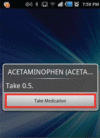
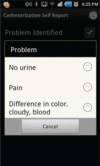
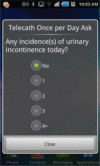
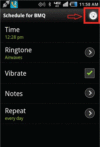
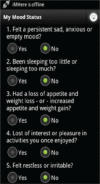


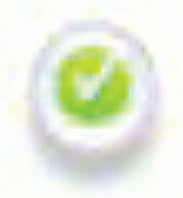



References
-
- American Association of Colleges of Nursing 2012. Nursing shortage fact sheet. Retrieved from http://www.aacn.nche.edu/media-relations/NrsgShortageFS.pdf.
-
- American Telemedicine Association Telemedicine frequently asked questions (FAQs) 2012. Retrieved from http://www.americantelemed.org/learn/what-is-telemedicine/faqs.
-
- Barf HA, Verhoef M, Jennekens-Schinnkel A, Post WM, Gooskens RH, Prevo AH. Cognitive status of young adults with spina bifida. Developmental Medicine & Child Neurology. 2003;45:813–820. - PubMed
-
- Bowman RM, McLone DG, Grant JA, Tomita T, Ito JA. Spina bifida outcome: A 25-year prospective. Pediatric Neurosurgery. 2001;34:114–120. - PubMed
-
- Brown J. Orthopaedic care of children with spina bifida: You’ve come a long way, baby! Orthopaedic Nursing. 2001;20(4):51–58. - PubMed
LinkOut - more resources
Full Text Sources
Other Literature Sources
